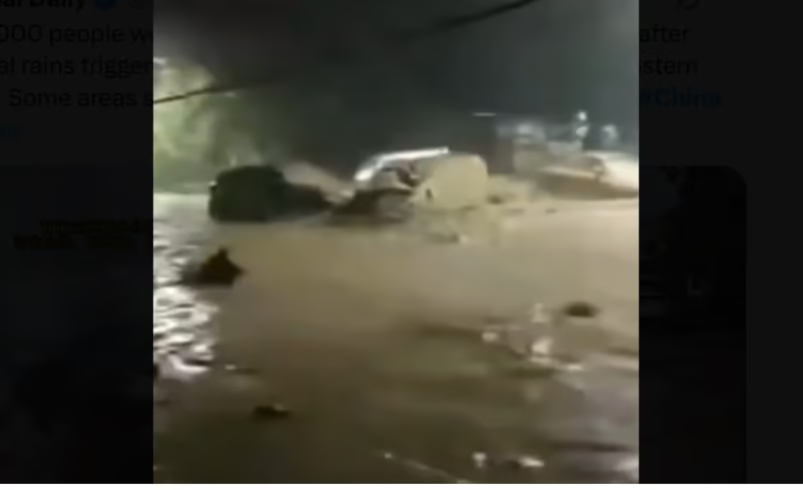Devastating Floods in China Leave 10 Dead, 33 Missing; Xi Urges Swift Rescue
- August 8, 2025
- 0

Torrential rains have unleashed severe flash floods in China’s Gansu province, resulting in a tragic loss of life and widespread destruction. The relentless downpour has claimed the lives of ten individuals, while 33 others remain unaccounted for. The continuous heavy rainfall has overwhelmed the region, causing rivers to swell and floodwaters to inundate communities, leading to this catastrophic event.
In response to the disaster, President Xi Jinping has called for immediate and comprehensive rescue efforts. He has emphasized the importance of deploying all available resources to locate and assist those who are missing. Emergency teams have been mobilized to search for survivors and provide aid to affected residents. The government’s swift response underscores the gravity of the situation and the need for coordinated action.
The meteorological department has issued warnings of ongoing heavy rainfall in the region, raising concerns about further flooding and potential landslides. Gansu province is particularly vulnerable during the monsoon season, making it imperative for residents to remain vigilant and heed official advisories. The persistent weather conditions pose a significant challenge to rescue operations and recovery efforts.
Gansu’s susceptibility to flooding during the monsoon season is well-documented. The province’s geographical features and climate patterns contribute to its vulnerability. This latest disaster follows recent heavy rainfall in Beijing, highlighting a broader pattern of extreme weather events affecting various parts of China. The situation calls for enhanced preparedness and infrastructure improvements to mitigate future risks.